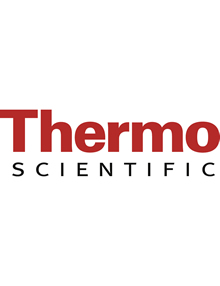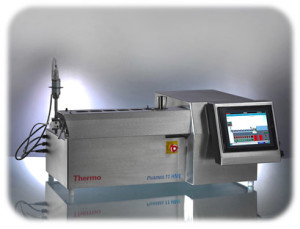WITec 3D Raman Imaging Meets AFM, SNOM and Profilometry Workshop. May 24th, 2013 – Université de Montréal
This workshop will give a detailed introduction to the operational principles and instrumental configurations relevant to confocal Raman and Scanning Probe Microscopy (AFM, SNOM, Pulsed Force Mode). Our Speakers will cover several aspects of Raman and SPM imaging and their fields of applications. An extensive system demonstration gives the participants the opportunity to see this knowledge applied using an alpha300 RSA (combined AFM & SNOM Confocal Raman Microscope).
Scientists interested in how to chemically identify and image the compounds of a sample at the highest spatial resolution are invited to participate. Typical research fields for confocal Raman imaging are nanotechnology, pharmaceutics and cosmetics, materials and polymer sciences, archaeology and geoscience, forensics, coatings, thin films and all fields where a clear identification of the distribution of chemical compounds is a necessity.
Program:
Friday, 24th May 2013
09.30 Welcome
09.45 Wei Liu – Introduction to Confocal Raman Imaging
10.15 Sylvain Cloutier – Hybrid Nanocrystal-based Heterostructures for Opto-Electronis
10.45 Klaus Weishaupt – 3D Raman Imaging Meets AFM, SNOM and Profilometry
11.30 Jean-Francois Masson – Characterization of photonics nanomaterials for plasmonic sensors
12.00 Lunch & Equipment Demonstration
The workshop is free of charge but it requires registration due to limited availability of places. In order to register, please contact Murielle Johnson at muriellej@aca.ca or 905-502-2088
Click here and download the May 24th 3D Raman Imaging Meets AFM, SNOM and Profilometry Workshop PDF for full program details.



 SPEAKERS
SPEAKERS